Walk-N-Grow Lawn Aerators
Original price was: $68.59.$32.65Current price is: $32.65.
Walk-N-Grow Lawn Aerators
Are aerator shoes actually effective? Here’s the scoop on lawn aerator shoes – pros, cons, how to use them & when. Find out if you should get a pair or not!

If you’re working to create a lush lawn, aerating can help. Aerating helps pave the way to a lawn that not only looks great, but can stand up to disease, drought and normal wear and tear.
Aerating is a process in which you make holes in the lawn, along with the soil underneath. It helps by allowing oxygen to reach turf roots, helping water soak into the soil more efficiently, loosening compacted soil and helping fertilizers come in contact with grass roots.
So is aerating as easy as strapping on a pair of lawn aerator shoes?
What are Lawn Aerator Shoes?
Lawn aerator shoes are basically shoes that have spikes on the bottom that—in theory—help to aerate the lawn while you walk around the lawn doing yard work or mowing. The shoes aren’t necessarily shoes, but more like sandals you strap over your existing shoes.
The Begleri lawn aerator spike shoes are a top seller on Amazon. They fit over most types of shoes for men and women and have six adjustable straps to ensure a tight fit that won’t slip when you wear them.
Do Lawn Aerator Shoes Really Work?
“Spiked shoes don’t work because they impact too small an area and further compact already compacted soil,” notes BioAdvanced, a company that focuses on science-based solutions for lawn care.
Since the spikes on lawn aerator shoes are solid opposed to being hollow, they tend to push the soil to the side and downward when they enter the lawn, compacting the soil even more.
“If you use lawn aerator shoes, you will not see the same turf benefits as when using a hollow aerator tool—you should only need to aerate in the spring and fall with hollow tines,” notes San Francisco Gate.
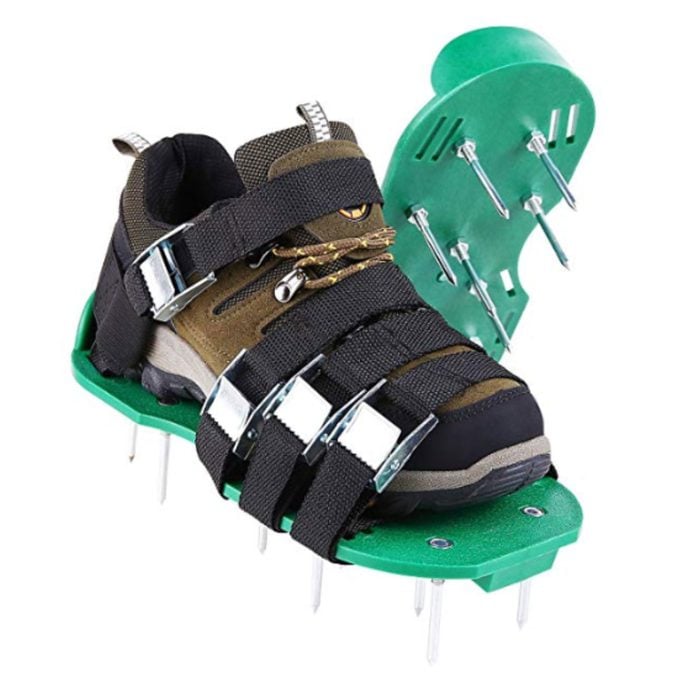
What is the Best Time of Year to Aerate Your Lawn?
The best time to aerate your lawn is just before or during periods of high growth, according to yardcare.com, an informational website sponsored by the Toro Company.
“If you’re working with cool-season grasses, including bluegrass, fescue, and ryegrass, it’s best to aerate during the growth periods in the spring and fall. For warm-season grasses such as Bermudagrass, buffalograss, St. Augustine and zoysiagrass, aeration can take place during warm times of the year between late-spring and early-autumn,” the website states.
If you’re aerating in the spring, wait until you have mowed the lawn a few times to ensure the lawn is growing fast enough to recover. In the fall, aeration should be done early enough that the turf can recover before it goes dormant for the winter.
What is the Best Way to Aerate Your Lawn?
If you plan on aerating your lawn yourself, look for an aerator that has hollow spikes, such as the Yard Butler lawn coring aerator. The hollow spikes will reduce soil compaction and help create a pathway for moisture and fertilizer.
Scotts recommends doing the following when aerating:
- Apply 1 inch of water to the lawn the day before aerating to soften the soil.
- Mark any sprinkler heads, utility or septic lines so you can avoid these spots.
- For lightly compacted soil, go over your entire lawn once with the aerator.
- For seriously compacted soil, go over the lawn twice.
- Leave the plugs of soil that are removed with the aerator on the lawn. They will break down and add nutrients back into your soil.
- When you’re finished, water the lawn well.
These are the best natural and organic green lawn care tips.
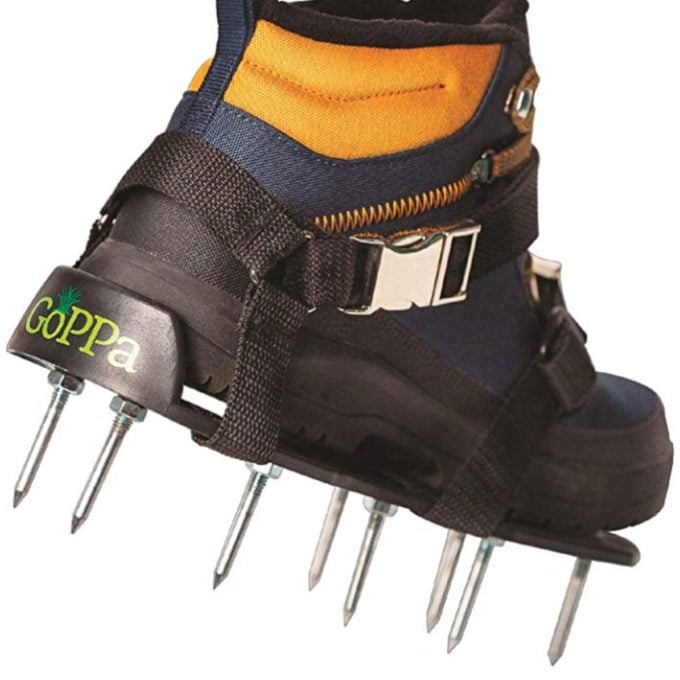
 Worldwide Shipping
Worldwide Shipping 


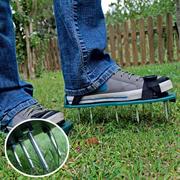
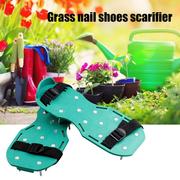
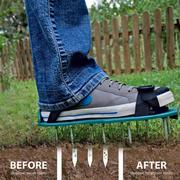
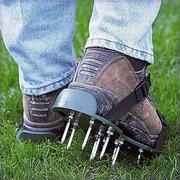
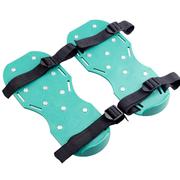
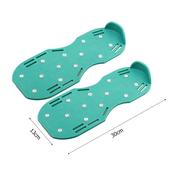
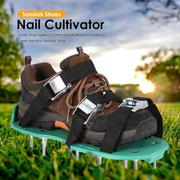
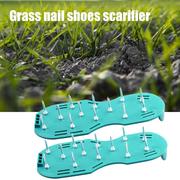
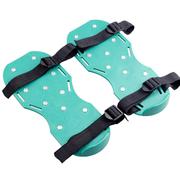


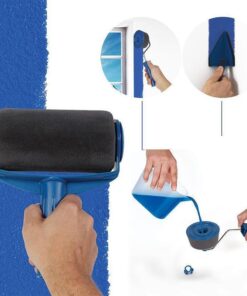
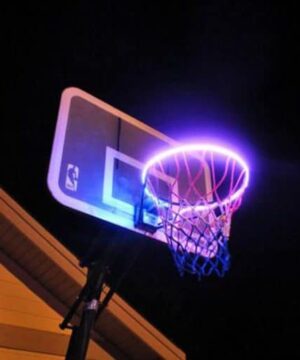
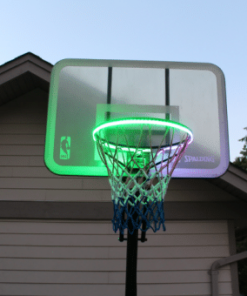
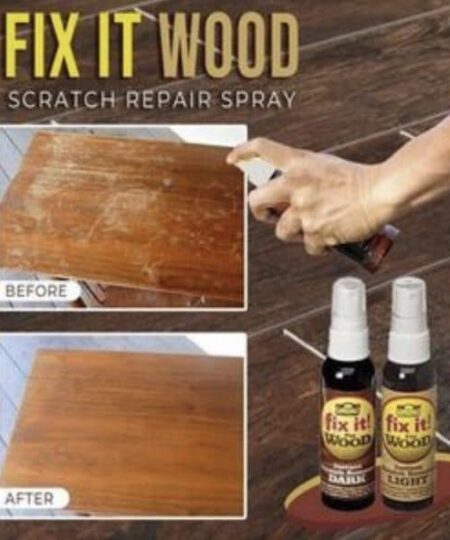
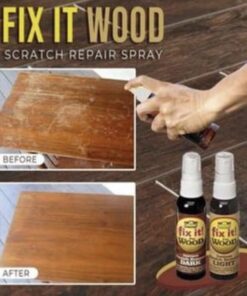
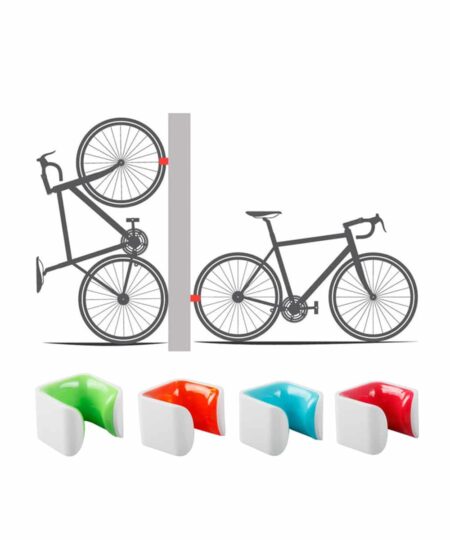
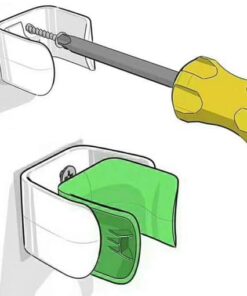
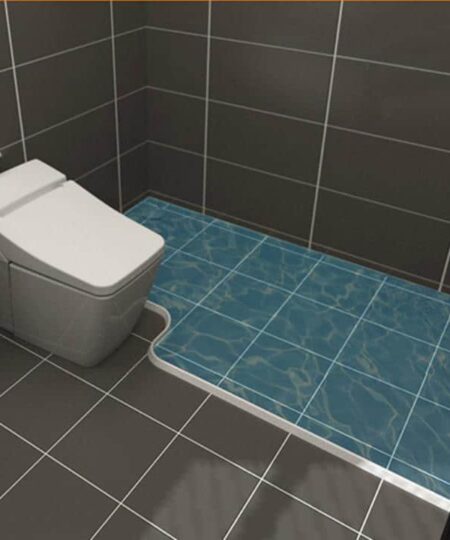
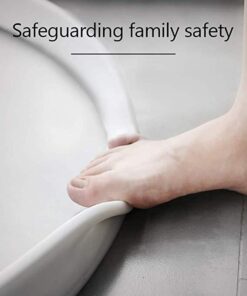
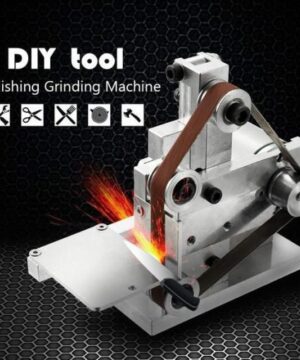
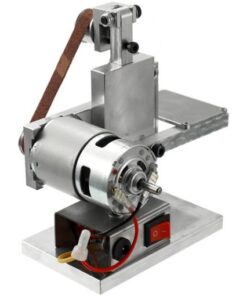
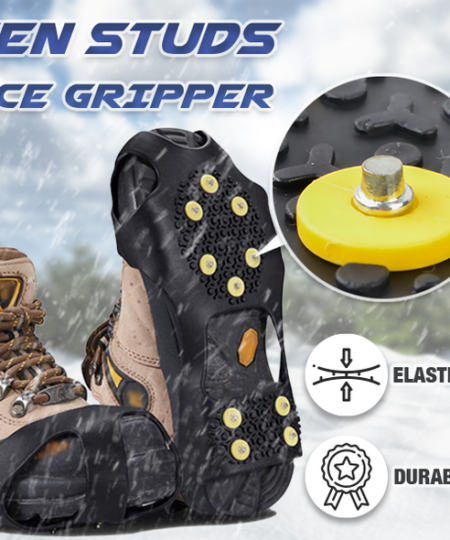
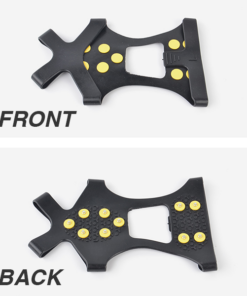

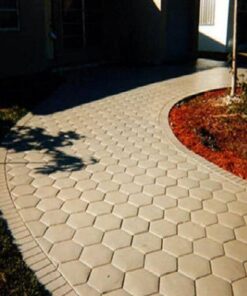
 -
-  Categories
Categories  -
- 
Thomas Ford –
meine Haut ist SEHR SEHR gut geworden Dankeschön ist echt perfekt
Christopher Davis –
THANK YOU WOWELO THANK YOU FOR A GIFT
THANK YOU FOR A GIFT  I AM IN LOVE WITH YOUR PRODUCTS
I AM IN LOVE WITH YOUR PRODUCTS  WILL BE ORDERING MORE !!!!
WILL BE ORDERING MORE !!!!